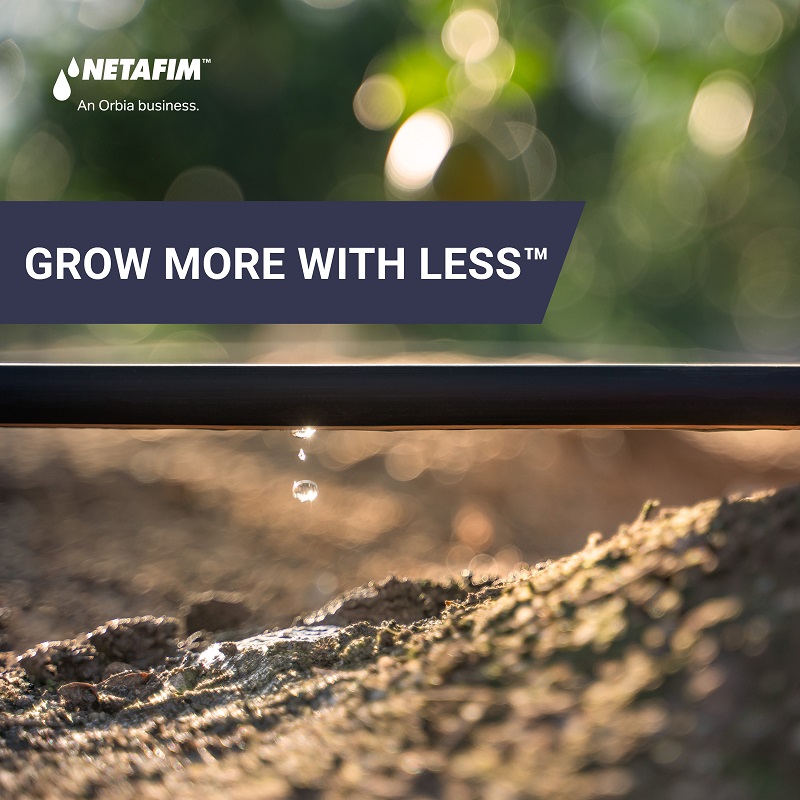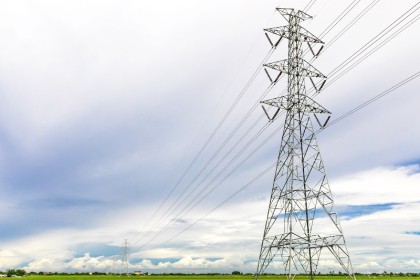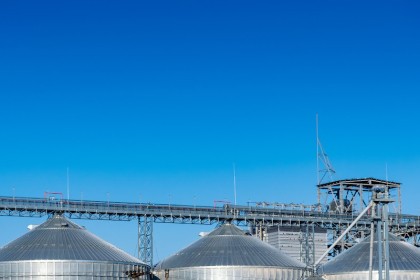
How To Select The Right Dripper And Dripline For The Job
Supplied by Netafim South Africa
The right dripper and dripline for the job, is not only the irrigation product that can deliver the correct amount of water, work within the system pressure range, handle the conditions in the field and ensure an optimal yield. It is also the product that can do so with the greatest efficiency in terms of cost, labour, resources, and any other inputs.
A variety of factors must be considered in dripper and dripline selection. The designer and/or farmer must determine which attributes are necessary for the crop and circumstances. The purpose is to maintain a balance between dripper cost and performance.
Finding the Sweet Spot
Remember, equipment cost is a sliding scale determined by a host of factors. A variety of drippers and driplines is available that cover a wide range of crops and applications.
Consider a dripline selection graph where the y axis is cost and the x axis is a composite of application, durability, clogging resistance and other factors considered in dripper comparison. Movement along the x axis will result in movement along the y axis, that is an increase or decrease in price.
One of the attributes to consider is wall thickness. The thicker the pipe wall, the more durable the pipe is, but the more plastic it requires and the more expensive it will be. A thinner wall thickness will make the dripline much cheaper but will potentially open it up to a higher occurrence of dripline damage.
Wall Thickness and Dripper Specs
One aspect of a dripper’s specification is whether it is to be used in heavy, medium, or thin wall pipe. A big, advanced dripper meant to last a long time, will therefore go into a heavy wall dripline with suitable durability. At the other end of the spectrum, a small dripper which is at greater risk of potentially getting clogged and is only purposed for a single season, will be welded into a thin wall dripline.
It all boils down to what your crop needs. The experts would, for example, not recommend the same equipment for irrigation with hard, murky water for a single season, as for irrigation with the same water where the equipment needs to last many seasons. Similarly, the same equipment will not be used for irrigation with much better water quality.
What to Consider
It is important to knock on the doors of as many experts as possible, when selecting the right dripline, dripper, as well as dripper spacing and flow rates. There are many variables to be considered, measured, analysed and more.
Some of the many variables to be considered are:
- Climate
- Crop and growing season
- Soil type, composition, and behaviour
- Water quality and availability
- Topography
- Electricity availability
- Risk of diseases and pests
- Fertiliser requirements
- Capital and running costs of the system
- The farmer’s knowledge and skills
- Installation, operation, and maintenance limitations
- Possibility of theft
Quality is not optional
Take note, that quality is not one of the items listed on the virtual x axis. Whether selecting thin wall or heavy wall drip, the most advanced dripper or dripper with fewer features, quality cannot be compromised on. Although it might not seem so, it is possible to not veer from selecting quality products, while still maintaining the optimal balance between drip irrigation performance and your budgetary restrictions.
Consider the necessary specifications to truly determine which dripline can be relied on in the field. Look for a product that offers guaranteed longevity and is designed and manufactured with the explicit goal to decrease clogging risk and deliver water uniformly and efficiently.
Dripline selection boils down to selecting the correct product for the crop and circumstances, selecting a quality product that can do the job at hand in difficult conditions and selecting the product that will offer the best return on investment on the other hand.












